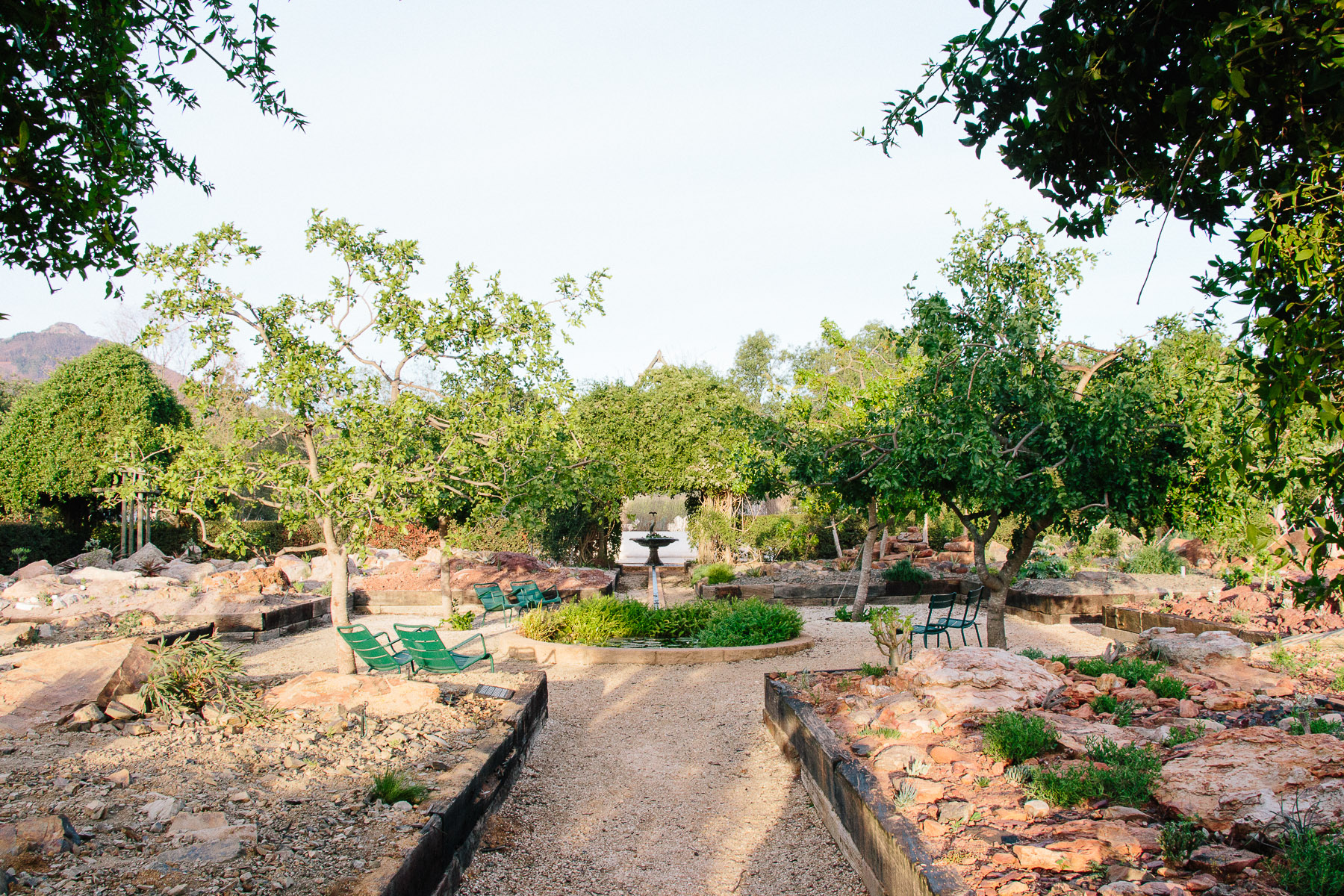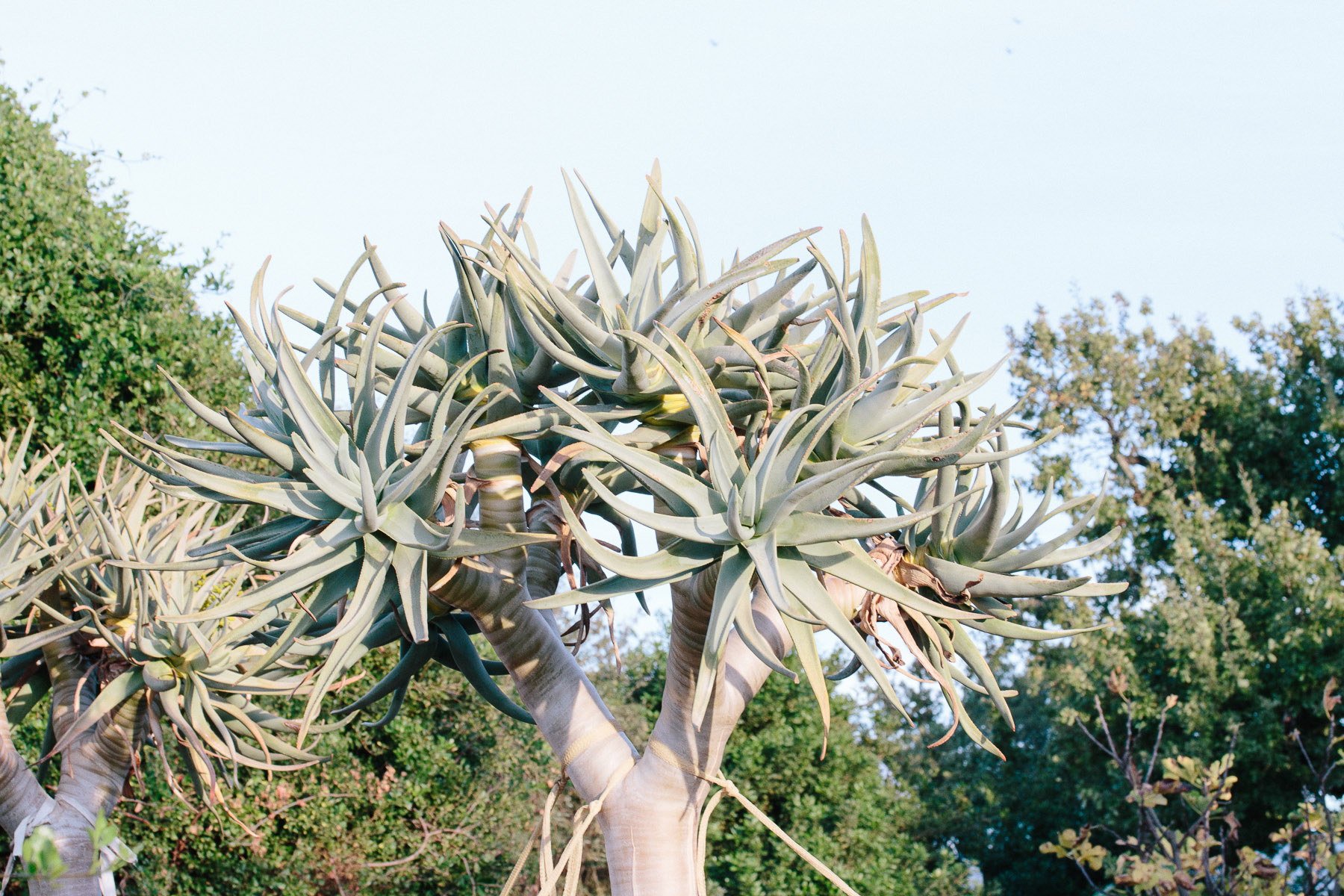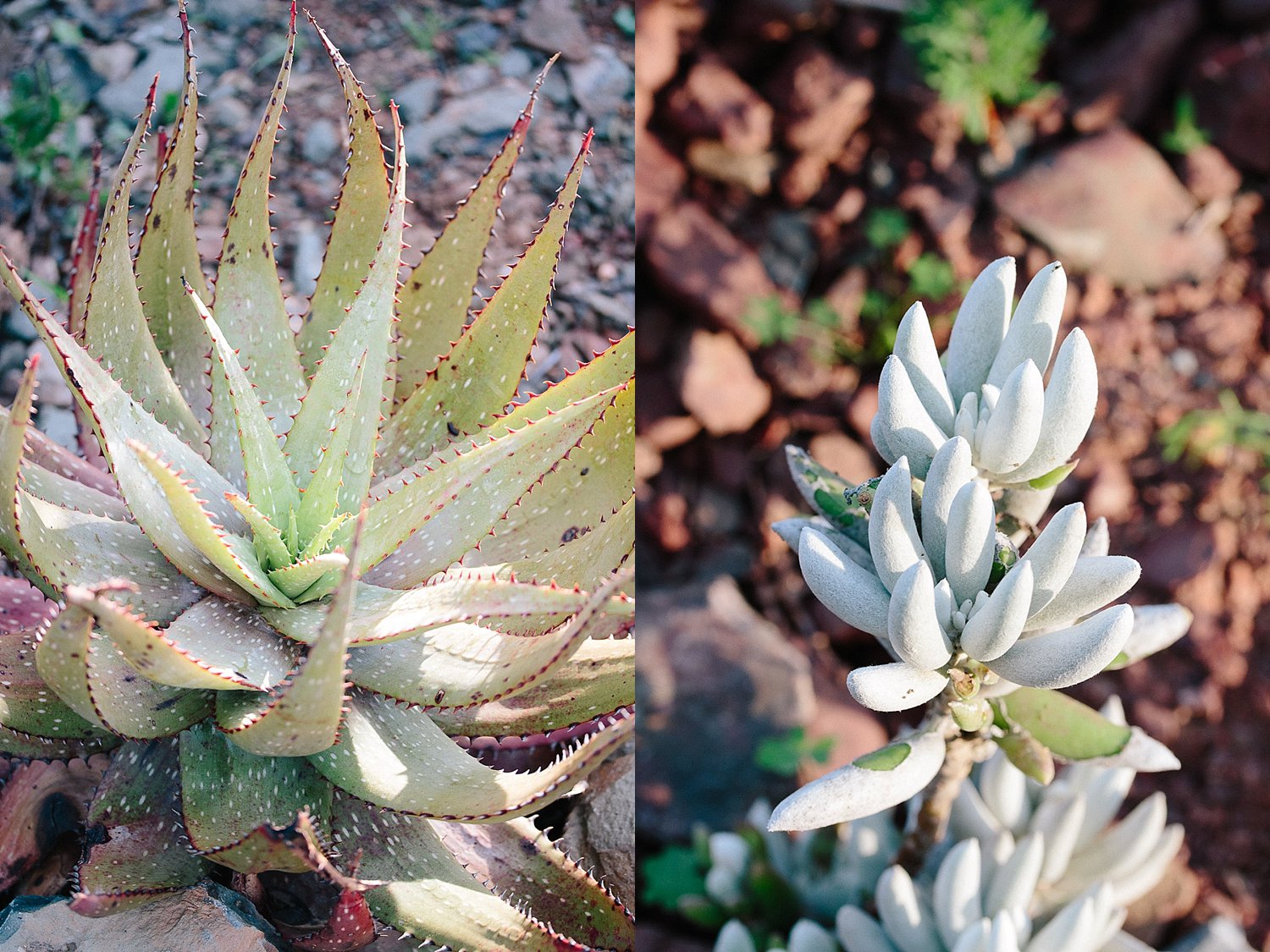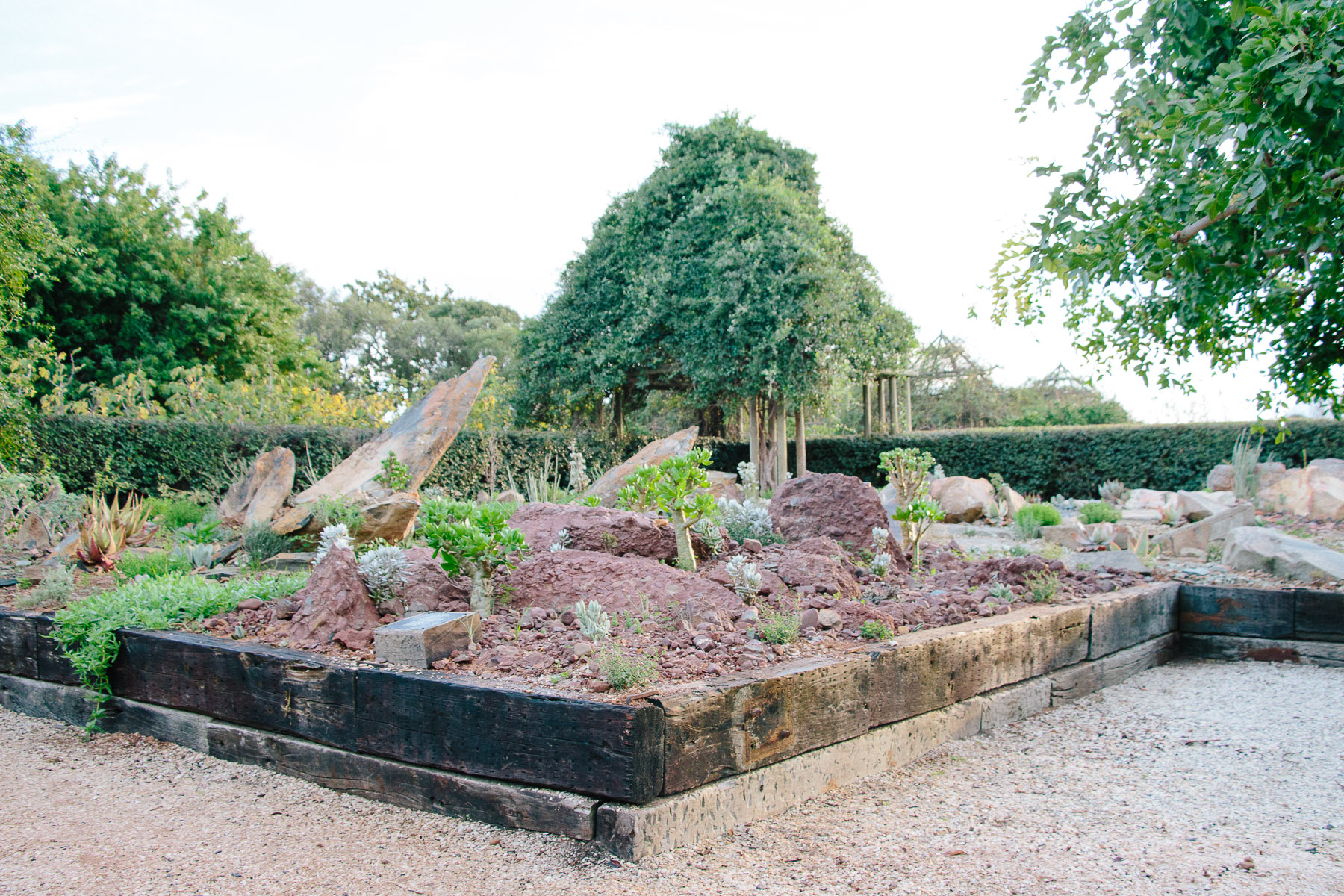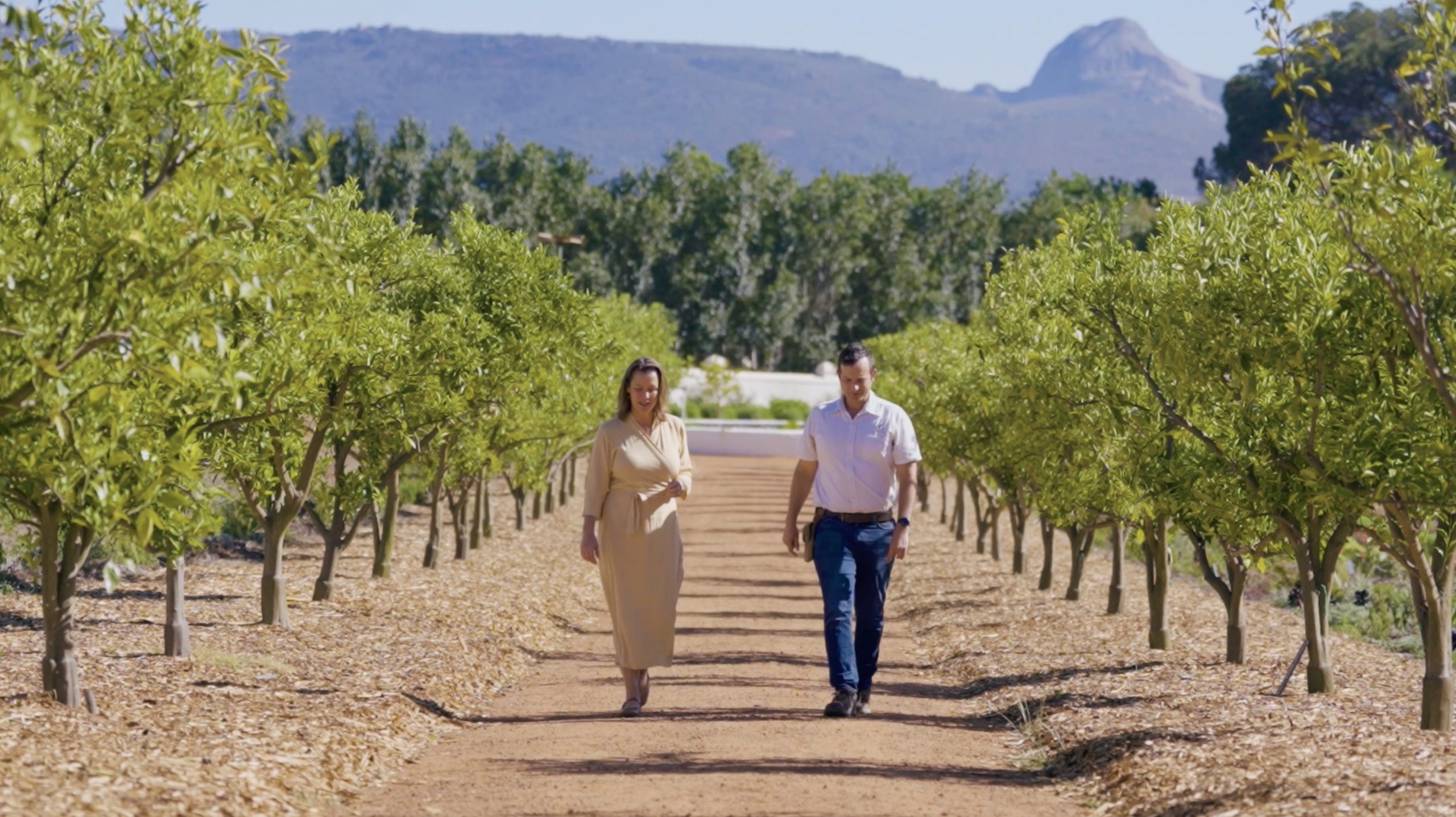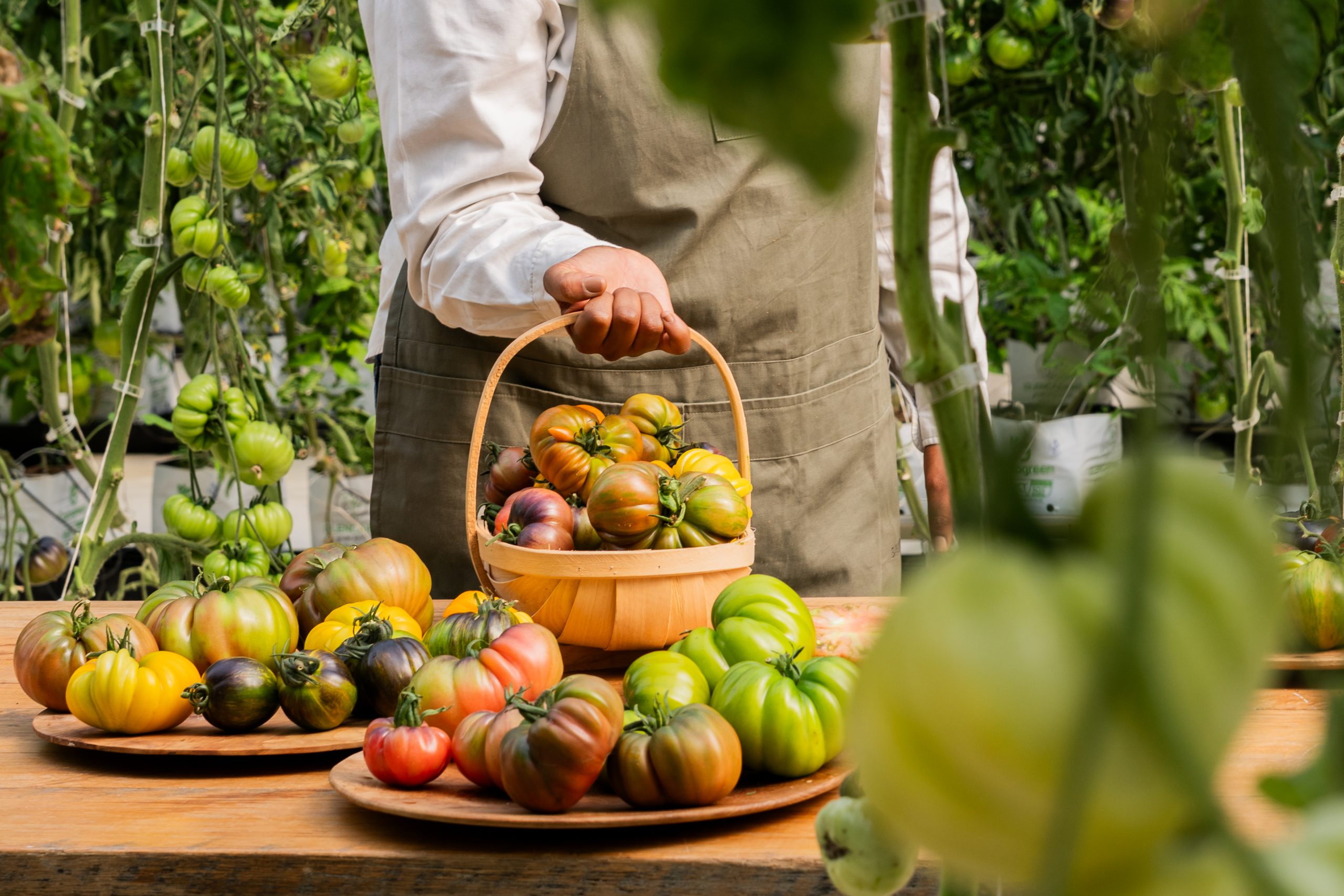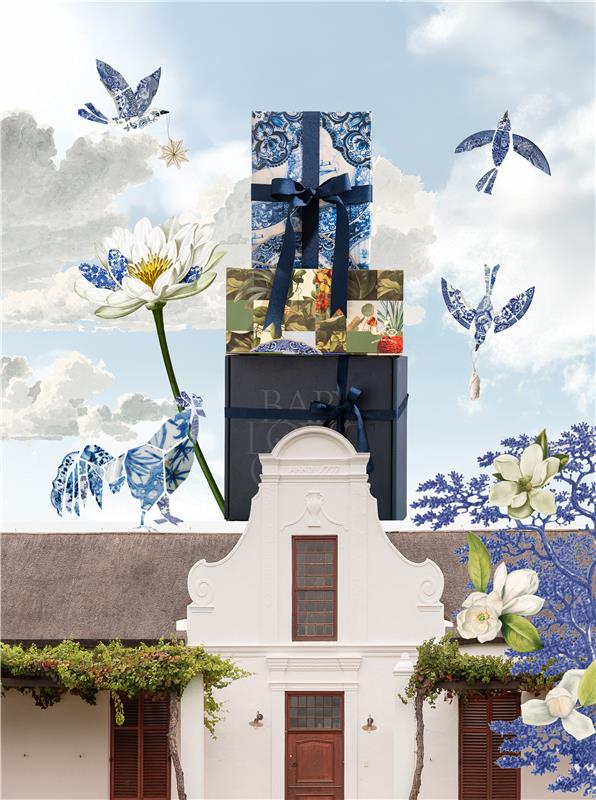ROCKIN’ THE CAPE
May 25th, 2016We’ve always been strong on botany, weak on stones. Now we’re adding the palaeontological landscape of four regions of the Cape. Our team is reworking blocks in the indigenous fragrance garden with soil, rocks, and numerous plant species. We’re creating small-scale versions of the Hantam, Robertson Karoo, Simonsberg and Eastern Cape.
Our master botanist Ernst van Jaarsveld set off on an expedition to find perfect rocks in the four regions. Hauling them back to the farm proved a challenge even for Obelix. And once here it was a tight squeeze for an 8-ton truck and crane into the garden, but they assembled the rocks, some weighing over two tons!
The next step was bringing in soil from each geological region (after all, soil is life: it contains millions of micro-organisms supplying food and vital nutrients).
Now to populate: rare indigenous plants were introduced. You’ll note that most fynbos species require mineral-poor soil, derived from sandstone, while Karoo plants love a high mineral content, mainly from shale.
Apart from their beauty, we’ll chirp about the food and medicinal value of species within the 4 regional displays. Official launch on October 9th. We’d love to have you there.
(If you can’t read Afrikaans, this is the end. For rock spiders only, here’s a fragment from one of our most beloved poets, C Louis Leipoldt. Medical doctor who once tended the yacht of the guy who found the Pulitzer Prize, buried all alone in the Pakhuis Pass near Clanwilliam, among magnificent rocks.)
’n Handvol gruis uit die Hantam –
My liewe, lekker Hantam-wyk!
’n Handvol gruis en gedroogde blare,
Waboom-blare, ghnarrabos-blare!
Arm was ek gister, en nou is ek ryk.
Arm in herinnering, arm in verbeelding,
Arm in onthou van die vroeër jare
Deurgebring in die Hantam-wyk.
’n Handvol gras en gedroogde blare
Maak my, wat arm was, koning-ryk.
